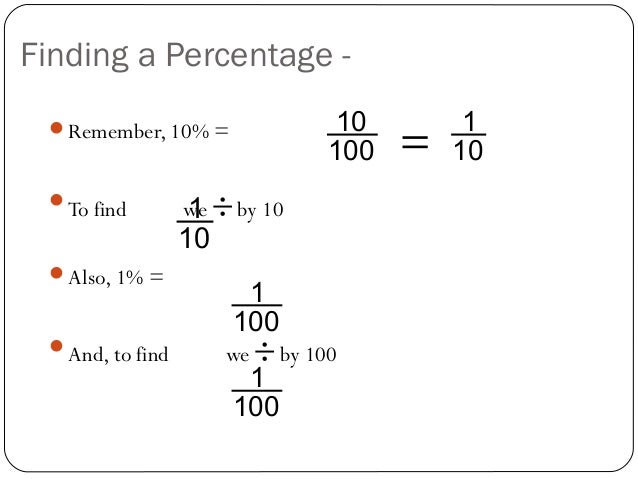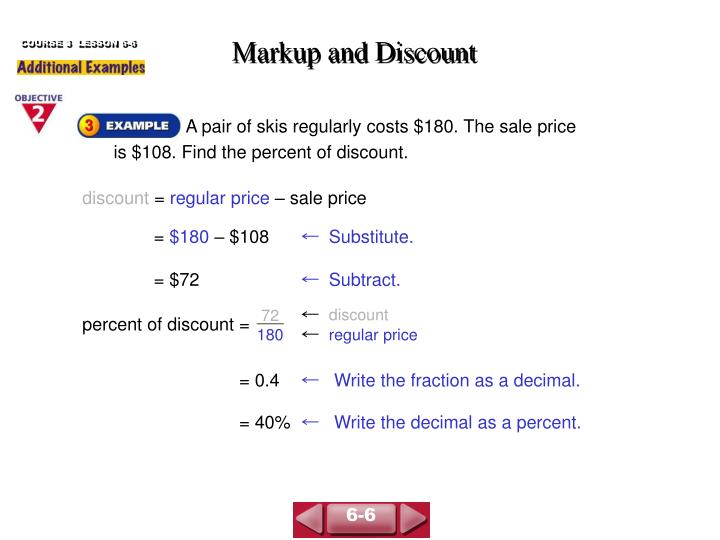
Historic terms no longer in use should be used only in their historical context and only when necessary.
FRACTIONS IN MACDOWN FULL
Does “south-west” mean Valencia? Canada? Africa? Always write out the full name of the area the first time you use it. Geography: when referencing places, be specific.Idioms: Avoid jokes, puns, plays on words, idiomatic expressions, sarcasm, emojis, jargon, terms unique to your dialect, or language that is more difficult than it needs to be.Be aware that historical events often have different names in different countries. Links to Wikipedia should be used liberally. Use generic terms rather than trademarks (tissue rather than Kleenex). Assume no prior knowledge, even of widely known cultural references (eg, the Beatles).

Cultural References: mentions of persons, organisations, or historical details should always come with contextual information.A technical term is any word that a person on the street may not know or understand. Technical Terms: should always be linked to Wikipedia or a suitably reliable dictionary or sustainable website in the first instance.Write for someone who doesn’t live in your country or share your beliefs. Authors can and should take steps to write their lesson accessibly for as many people as possible. Programming Historian readers live all around the world. This policy is meant to minimize costs for all parties, and to allow the greatest possible level of participation.Īuthors retain copyright and grant the journal the right of first publication, with the work simultaneously licensed under the Creative Commons - Attribution 4.0 International CC-BY 4.0 License.Īuthors have permission to publish and distribute their work online in institutional/disciplinary repositories or on their personal homepage.
FRACTIONS IN MACDOWN SOFTWARE
All lessons must use open source programming languages and software whenever possible. Programming Historian is committed to open source values.


It is presented in three sections which should be read before and after writing: By using it, you help us ensure content is consistent and accessible. This style guide lays out a set of standards for authors to use when creating or translating English-language lessons for Programming Historian. Step 2: Writing and Formatting a New Lesson To ensure timely publication, authors should submit their draft article within 90 days.ĭuring this 90 day period, your point of contact will be the managing editor or an editor delegated at the managing editor’s perogative. This serves to mark the work in progress. If your proposal is accepted, an editor will create a “Proposal” page on our submissions website with the lesson’s working title and proposed learning outcomes. Please also take a moment to check our Lesson Concordance document to see which methods we have already covered in our published or forthcoming lessons. You can get a sense of what we publish by looking through our published lessons, reading our reviewer guidelines or browsing lessons in development. If you have an idea for a new lesson, complete a lesson proposal form and send it to Longer lessons may need to be split into multiple tutorials. Tutorials should not exceed 8,000 words (including code). The scope and length of the tutorial should be appropriate to the complexity of the task. We welcome tutorials relevant to the humanities, pitched at any level of technical aptitude and experience, that focus on one problem or process, can be sustainable in the long term, and are addressed to a global audience.


 0 kommentar(er)
0 kommentar(er)
